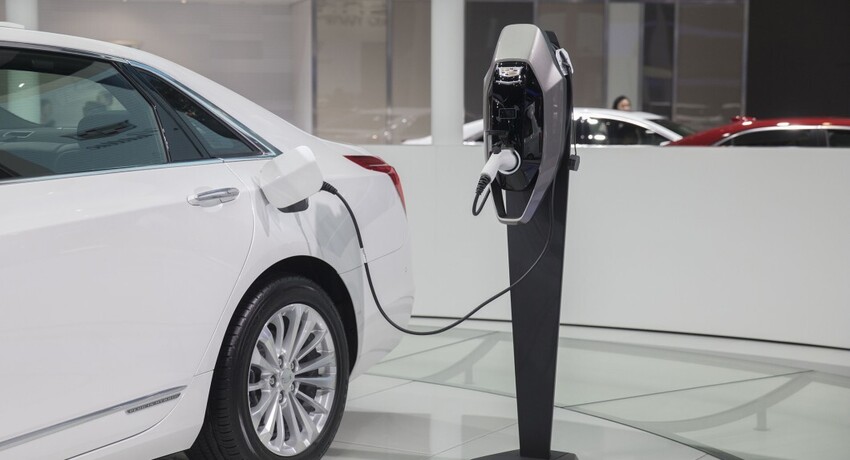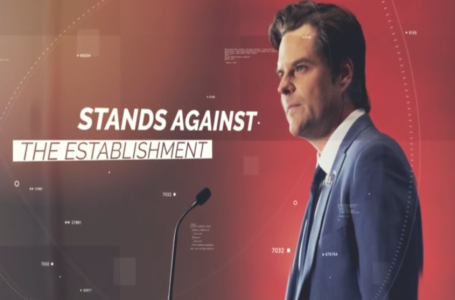Biden’s electric vehicle delusion

| August 17, 2021
The promise of a utopian future of electric vehicles marches on, most recently with President Joe Biden’s call for half of all new vehicles sold to be electric by 2030, a variation of General Motors’s commitment to phase out gas and diesel engines by 2035 . Leaving aside the affordability and subsidy problems therein, two inconvenient truths make these aspirations delusional.
The first unacknowledged problem is the impact of electric vehicles on suburban power grids, where most EVs will likely end up. Suburban residents are more likely to have private parking spaces that can be equipped with chargers, can typically afford the premium price for the vehicle, and have daily driving habits that fit the typical range limitations of EVs. They are also typically the most conscious of climate change. By contrast, rural and urban drivers, especially those who park on the street, face range and charging challenges
The average home in the United States uses 50 kilowatt-hours per day, much of which will be consumed during the evening when everyone is home. That would imply a per-home power requirement of perhaps 20 kWh during the peak five hours, or a draw load of 4 kW (20 kWh divided by five hours) — the load demand placed on the grid transformer. Although the configurations of neighborhood power grids vary widely, a typical cluster of five to seven homes will be serviced by a 20 kW transformer, leaving minimal excess capacity during peak usage hours.
Load issues arise if four chargers need to be added and pulled from each transformer as people buy more EVs. Tesla states it requires about one hour of charging per 30 miles of range. Tesla chargers need 12 kW (50 amps at 240 volts) per hour (or per 30 miles). If each new EV drives only 50 miles per day and is charged around the same time as others, drawing 12 kW each, this could increase power requirements well beyond nominal transformer capacity. And in our scenario, if we increase miles driven and/or the number of vehicles, there is a strong likelihood power companies will need to add vast numbers of transformers.
In other words, there is far more widespread conversion to EVs than more of them rolling off assembly lines.
Will rooftop solar come to the rescue? Unlikely. Most EVs are being charged when the sun is low or down, and it is doubtful EV owners will buy expensive storage batteries (which, by the way, have their own supply issues) to transfer energy to the EV batteries in the evening.
The second problem is the challenge of making enough EV batteries . As physicist Mark Mills pointed out in the Wall Street Journal: “The [International Energy Agency] finds that with a global energy transition like the one Biden envisions, demand for key minerals such as lithium, graphite, nickel and rare-earth metals would explode, rising by 4,200%, 2,500%, 1,900% and 700%, respectively, by 2040.”
Not only might the planet not have the capacity to meet this demand, but many of these materials come from places that are hostile or that we do not control — such as China/Mongolia, the Congo, and Bolivia — leading to an unpredictable supply.
The environmental impact of battery production is significant. The production of lithium is either carbon dioxide polluting or wasteful of water — up to 500,000 gallons per ton of the mineral. Cobalt mining produces radioactive contaminants , including uranium. About 80% of the weight of a Tesla battery — 1,200 pounds gross — requires mined materials. In practice, that means mining about 100,000 pounds or 50 tons of raw ore per vehicle. If 10 million U.S.-based electric cars are sold in 2030 (about half of sales), that would translate to 500 million tons of new mining with all the accompanying emissions from mining equipment and the accompanying pollution. To put that in context, current U.S. coal mining is about 700 million tons per year.
Finally, there are limitations in producing electricity. Wind and solar power create extreme vulnerability, as illustrated by the catastrophic West Texas freeze last winter. While there are hints of breakthroughs in utility-scale electrical storage — the recently publicized but unproven “iron-air” array , for example — the reality is that creating resilience is expensive and magnifies the battery production challenges. Given battery costs of $100 per kWh and a typical turbine output over four days of 36-72 megawatt-hours, a single wind turbine backup would cost $3.6 million to $7.2 million. There are 11,000 West Texas wind turbines, so backup costs are in the billions.
It is easy to set pie-in-the-sky goals and frighten the public into accepting them. Biden’s expansive commitments and the IPCC’s newly released alarmist report on climate change are cases in point. But it is negligent, if not grossly incompetent, to ignore obvious solutions such as nuclear power and the recognition that natural gas is good, though not perfect.
The bottom line is that expending vast resources on EVs and a massive charging infrastructure, upgrading untold numbers of neighborhood grids, and subsidizing uneconomic vehicles is utter madness.
Andrew I. Fillat, trained as an electrical engineer, spent his career in technology venture capital and information technology companies. He is also the co-inventor of relational databases. Henry I. Miller, a physician and molecular biologist, is a senior fellow at the Pacific Research Institute. They were undergraduates together at M.I.T.
################















